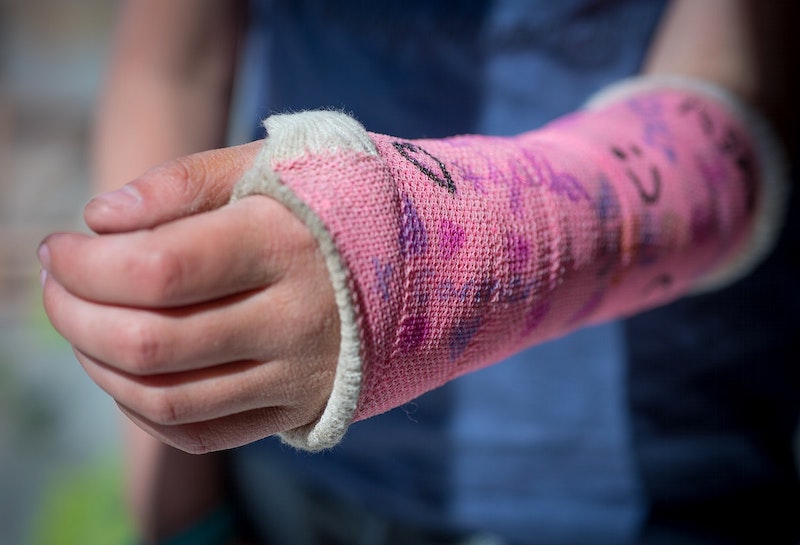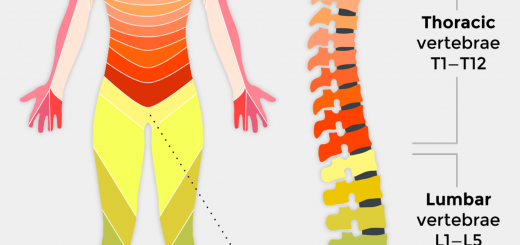How to Tell if Your Finger is Broken: Fractures, Sprains, and Dislocations
Sprained, fractured, and dislocated fingers are commonplace in high-impact activities such as contact or ball sports. In fact, it’s the most common sports-related injury among young adults in the US.
Sustaining a finger injury can be painful and discomforting. If you leave it untreated, it can lead to severe issues, like decreased motor capacity, nerve damage, or deformity.
If you have a fractured, sprained, or dislocated finger, it’s best to seek professional help immediately. Keep reading, and we’ll teach you how to tell if your finger is broken—its symptoms, sensation, and treatment.
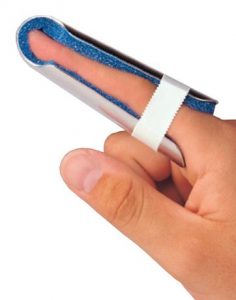
Did I Break My Finger?
Statistically speaking, your fingers have the highest chance of sustaining damage of any part of your hand. Any impact with enough force can cause injuries to your fingers.
You can break your fingers while doing the most mundane of tasks. At home, you can hurt them when working with heavy tools or even when you’re exercising.
If you’re an athlete, the nature of your activity exposes you to a higher risk of hand injuries. Fast-moving bodies and objects can easily fracture, sprain, or dislocate fingers.
Your physical condition is also a factor in sustaining these types of injuries. Health issues like malnutrition, osteoporosis, and calcium deficiency can decrease bone strength. Below is a list of symptoms of a broken finger.
5 Signs You Have a Broken Finger
To determine if you have a broken finger, you should know the symptoms and signs that come with it. So, here are five common signs that you have a broken finger:
1. Pain
Pain and tenderness are the typical signs of a broken finger. If you experience terrible, throbbing pain after sustaining the injury, chances are you have a sprained or fractured finger.
2. Color
The color is the next thing you watch out for in a broken finger. If the injury isn’t severe, you’ll typically see some redness that’ll subside after a few minutes.
3. Swelling
In a broken finger, the redness doesn’t subside and turns into a shade of purple or blue instead. The afflicted area usually swells during this period.
4. Stiffness
Once the swelling sets in, it can spread to the adjacent fingers, accompanied by a tingling sensation or numbness. When this happens, the fingers affected will be harder to move.
5. Deformation
In extreme cases of broken fingers, you’ll observe some deformation. Your finger may also appear to be bent or misaligned.
What Does a Broken Finger Feel Like?
Have you ever stubbed a toe on a table, bed, or wall corner? Or get hit by a fast-moving object on the tip of your fingers?
In such accidents, there’s a sharp pain that follows the impact. If the finger is broken, this pain will turn into a throbbing sensation that can last a few minutes or even hours.
When swelling begins, the afflicted area can feel heavy and numb as the bruising compresses the nerves in your fingers. It’ll also be painful when you try to move the damaged finger.
Broken Finger Symptoms
Pain, discoloration, swelling, and a dull sensation are the most common signs of a broken finger. However, depending on the type of injury, you may experience other symptoms.
Sprained Finger
A sprain happens when there’s tearing or stretching on the ligaments connecting your bones. It usually occurs on the ankle but can also happen on the fingers caused by trauma.
The distinct symptoms of a sprain involve numbness and a limited ability to move the affected joint. You may also hear or feel a pop on your finger before the pain starts.
Fractured Finger
A fracture refers to the cracking or breaking of a bone. It can occur following physically stressful events like car accidents, falls, or sports injuries.
The symptoms of a fractured finger are similar to a dislocated bone or sprain. However, it’s typically accompanied by intense, persistent pain caused by the broken bone.
Dislocated Finger
A dislocation happens when the bones move from their normal position. It can be caused by the impact of forceful accidents like collisions or falling during physical activities.
Finger dislocations can occur in any of the joints of any finger, but most often occur in the middle knuckle of the little, ring, middle, or index finger.
Dislocation of the finger joints (including the thumb) is commonly seen in ball sports, for example, football, basketball, and cricket, when the finger is hit on the end by the ball.
Like fractures and sprains, a dislocated finger comes with pain and swelling. Its most distinctive symptom, however, is a pale, crooked, bent, or misaligned finger position.
In some extreme cases, the dislocated bone can cut through the skin and cause bleeding. In such scenarios, you should immediately seek medical attention.
Can You Still Move Your Finger When It is Broken?
Medical experts don’t recommend moving the broken finger immediately after sustaining an injury to avoid exacerbating the damage, especially in a fractured or dislocated finger.
That said, you should still be able to move a sprained finger, even if it’s broken. Although, you’ll certainly feel pain if you try moving or bending the swollen area. In general, the ability to move a finger is not a determining factor for whether a finger is broken or sprained.
Can a Broken Finger Heal Itself?
Many types of hand injuries can heal on their own. However, you must know the difference between temporary damage and a severe hand injury.
A sprained finger, for example, will heal in a few days or weeks. Applying cold compresses immediately after the injury should reduce the swelling.
Stiffness and lack of movement are common long-term symptoms if the finger is not managed effectively.
Broken Finger First Aid
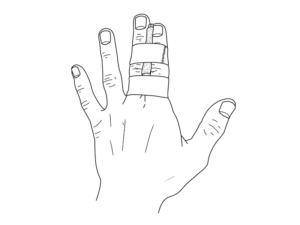
Swelling can be controlled using ice and immobilization is very important. Ideally, one should always seek medical advice. After that, buddy taping is a great way to immobilize a finger.
Always remember that appropriate splinting can significantly help with your finger’s healing. It’s a simple yet effective way to reduce pain and damage to the injured area.
Broken Finger Treatment
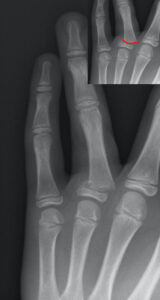
In a dislocated finger, your doctor will manually realign the misplaced bones. They’ll offer oral medicine or inject a local anesthetic to reduce the pain.
Finger fractures that are stable (non-displaced) are treated with immobilization. They do this by taping the injured finger to the nearest adjacent, undamaged finger.
Thumb injuries may necessitate a longer period of immobilization, especially if a ligament has been torn.
As with all fractures, a careful history should include the cause and time of the injury, as well as any other injuries and the extent of any deformity. Swelling, neuro-vascular status, range of motion, and the presence of open injury should all be assessed during the physical examination.
Unstable fractures, however, require surgery to prevent permanent damage. This is usually the best thing to do if you have multiple broken bones, torn ligaments, or loose pieces of bone.
Conclusion
An injured finger can be painful and uncomfortable. If you’re participating in competitive sports, the reduced motor capacity can hamper your ability to perform well.
As cliche as it may sound, prevention is always preferable to cure. Exercising caution in every activity you do is a surefire way to prevent injuries like a broken finger.

